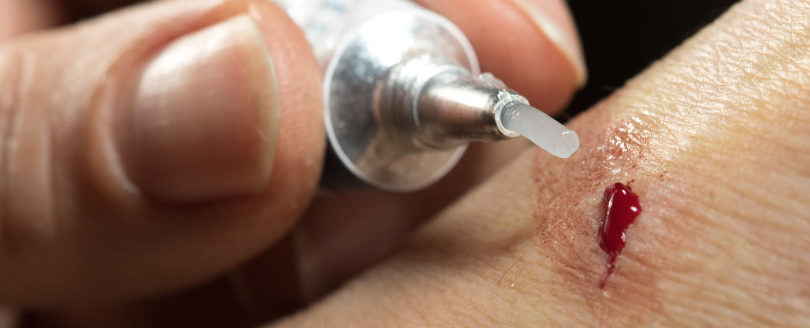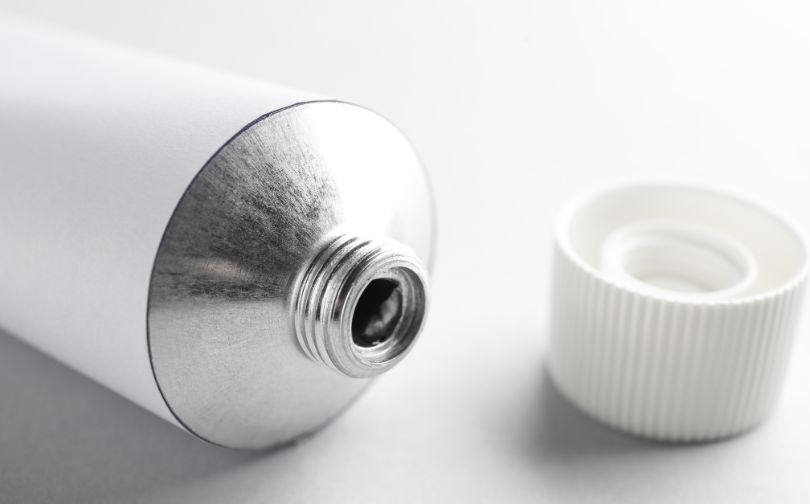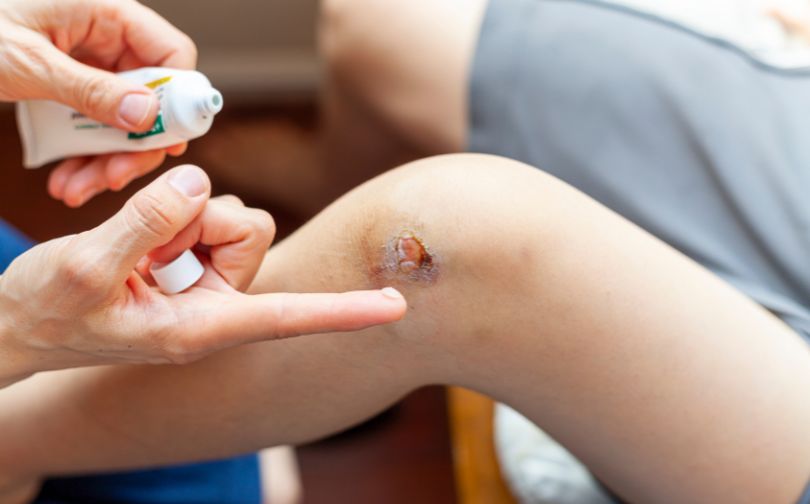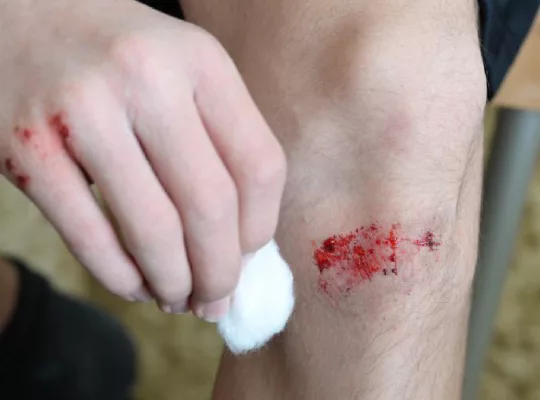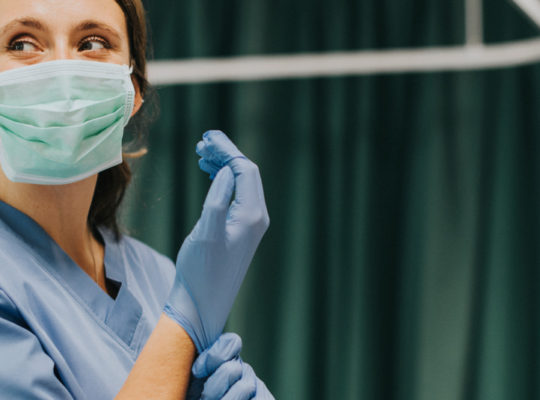Choosing the right over-the-counter (OTC) antibiotic can feel overwhelming, especially with so many options available. Many people struggle to find the most effective one for their needs, unsure of the differences between various types. This confusion can lead to purchasing a product that doesn’t fully address the problem, causing delays in recovery.
One notable fact is that antibiotics are designed to target different kinds of bacterial infections. Without proper guidance, selecting the wrong one can result in an ineffective treatment.
In this guide, we will break down the various types of OTC antibiotics, clarifying their specific uses. You’ll discover which options work best for different situations, allowing you to make a more informed choice. Let’s simplify the process so you can focus on feeling better, faster.
Antibiotics vs Antiseptics
Before we can discuss different brands of antibiotic ointments, it’s important to touch on antibiotics and antiseptics. These two medicines are very similar in name and function, but they do have differences. Making sure you know how to properly use the two will help keep your wounds clean and quick to heal.
Antibiotics kill off bacteria and prevent them from spreading to the applied area, whereas antiseptics will only prevent bacteria from multiplying and spreading. Antiseptics are also affective against other microorganisms while antibiotics are only affective against bacteria. Even though they have very similar purposes, antibiotics are better for purging an area of bacteria versus antiseptics which are better at keeping an area clean after the bacteria or other microorganism has been killed.
Common OTC Antibiotic Ointments and Antiseptics
Neosporin: Antibiotic. Active ingredients: Neomycin sulfate, Polymyxin B, Bacitracin Zinc.
Variations:
- Neosporin+ pain, itch, scar, includes Pramoxine.
- Neosporin+ pain relief. Same as above.
- Neosporin+ burn relief. Same as above.
- Neosporin kids. Neomycin sulfate, and Polymyxin B. No Bacitracin.
- Neosporin Three Ingredient. Bacitracin, Polymyxin, Neomycin
Polysporin: Antibiotic. Active ingredients: Bacitracin Zinc, Polymyxin B.
Betadine: Antiseptic. Active Ingredient: Povidone-iodine.
Variations:
- Comes in: Dry powder spray (5%), cream (5%), liquid spray (5%), solution (10%)
Bacitracin: Antibiotic. Active Ingredient: Bacitracin Zinc.
Generic Triple Antibiotic: Active Ingredient: Bacitracin Zinc, Polymyxin B, Neomycin.
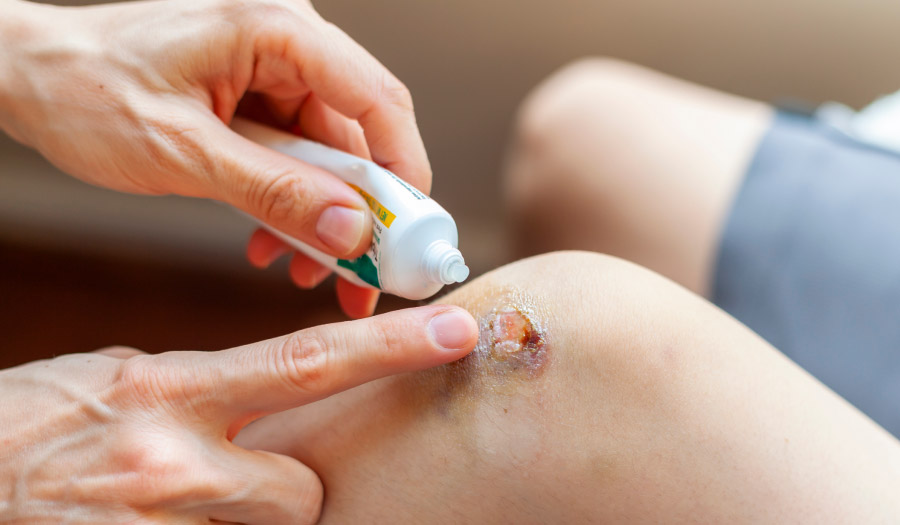
How Do Different OTC Antibiotics Work?
Over-the-counter (OTC) antibiotics are typically available in topical forms and are used to treat minor skin infections, cuts, scrapes, and burns.
These antibiotics work by either killing bacteria (bactericidal) or stopping their growth (bacteriostatic). Understanding how these common antibiotics function can help you use them effectively.
One way OTC antibiotics work is by inhibiting cell wall synthesis. Bacitracin, for example, targets the bacterial cell wall, weakening its structure. When the wall is compromised, the bacteria are more vulnerable, which leads to cell lysis, or bursting, from pressure within the cell.
Another mechanism involves blocking protein synthesis. Neomycin binds to the 30S subunit of bacterial ribosomes, disrupting the assembly of proteins. Without properly functioning proteins, the bacteria cannot survive, leading to their death.
Lastly, membrane disruption is a method used by polymyxin B. This antibiotic targets the bacterial cell membrane, causing vital components to leak out. As the membrane breaks down, the bacteria lose essential materials and die.
What Are the Common Uses for OTC Antibiotics?
Over-the-counter (OTC) antibiotics are widely used to treat minor injuries and skin conditions. These antibiotics help prevent or treat infections caused by bacteria. Here are the most common uses for OTC antibiotics:
- Minor Cuts and Scrapes: OTC antibiotics, such as Neosporin and Polysporin, are commonly used for minor cuts and scrapes. They are applied directly to the skin to prevent bacteria from entering the wound, reducing the risk of infection.
- Burns: These antibiotics are also effective for treating minor burns. Applying them to the affected area helps prevent bacterial infections that can slow down the healing process.
- Skin Infections: Minor skin infections, including conditions like impetigo or boils, can be treated with OTC antibiotics. By inhibiting bacterial growth on the skin’s surface, these products help clear up infections faster.
- Acne Treatment: Benzoyl peroxide is an OTC antibacterial agent used to treat acne. It works by killing bacteria on the skin, reducing inflammation, and helping to prevent future breakouts.
Comparing Polysporin vs. Neosporin vs. Bacitracin Antibiotic Ointment
When treating minor wounds, cuts, and scrapes, selecting the right antibiotic cream is important for proper healing and infection control. Polysporin, Neosporin, and Bacitracin are common over-the-counter choices, each with different ingredients and uses. Below is a comparison of these three ointments.
Polysporin
Polysporin is a double antibiotic ointment that contains bacitracin zinc and polymyxin B sulfate. It helps prevent bacterial growth in minor cuts, scrapes, and burns.
This ointment is often recommended for people who are allergic to neomycin, a key ingredient in Neosporin. Polysporin forms a barrier that protects the wound from bacteria, which is useful for wounds that may be more exposed to germs.
Neosporin
Neosporin is a triple antibiotic ointment that includes bacitracin zinc, polymyxin B sulfate, and neomycin sulfate. It provides broader antibacterial protection than Polysporin and Bacitracin. Neosporin is effective for minor burns and wounds exposed to a wider range of bacteria.
However, some people may experience allergic reactions to neomycin, making it less suitable for those with sensitive skin.
Bacitracin
Bacitracin contains only one active ingredient, bacitracin zinc. It has a simpler formula compared to Polysporin and Neosporin, which is beneficial for people who may have allergic reactions to multiple antibiotics.
Bacitracin works well in preventing infections in minor skin injuries, such as cuts and abrasions. While it doesn’t offer the same broad protection as Neosporin, it is usually well-tolerated with a lower chance of causing allergic reactions.
Difference in Ingredients
The differences in ingredients are very slight. All of the ingredients in antibiotic ointments serve similar purposes and have very little differences in their effectiveness. So, choosing which antibiotic ointment depends entirely on your allergies.
Pramoxine is a topical analgesic, which is why it is included in the pain and burn relief ointments. The reason bacitracin, neomycin, and polymyxin are sometimes dropped from the recipe is because they can be allergens. Neomycin is the most common allergen, then bacitracin, then polymyxin. Povidone iodine is also a rare allergen. “Triple Antibiotic” is just the non-name-brand form on Neosporin.
How to Use Antibiotic Ointments?
Antibiotic ointments are to be applied lightly to a wound. Applying too much of the ointment may allow the bacteria on your body to become resistant to the antibiotic ingredient. Reapplying antibiotic ointments may be necessary to keep the wound from becoming infected. Depending on the location of the wound, the environment you are in, and how well you dressed the wound, infection may still be possible when antibiotics are applied. Regularly changing the bandage or dressing, washing the wound with soap and water, and even alternating antibiotic ointments can greatly reduce your risk of infection.
The Bottom Line
Choosing the right antibiotic ointment doesn’t have to be hard. All you need to make the best choice is to be aware of any allergies you have to antibacterial ingredients. It can be made of bacitracin, neomycin, and or polymyxin and still give you the same results. Iodine based products are also very helpful and great to have in your medicine cabinet. All OTC antibiotics are roughly the same, so if you don’t have skin allergies, you can use the cheaper ones. Grab an antiseptic to clean the wound, an antibiotic to keep it clean, and bandages to keep it protected.
FAQs
Can You Buy Oral Antibiotics Over the Counter?
Oral antibiotics are not typically available without a prescription and require approval from a healthcare provider. However, certain topical antibiotics, used for minor skin conditions, are available over the counter in pharmacies.
Why Is It Risky to Purchase Antibiotics Over the Counter?
Purchasing antibiotics over the counter increases the risk of antimicrobial resistance (AMR). Without medical oversight, antibiotics may be misused or overused, leading to bacteria developing resistance, making infections harder to treat.
What Are Some Common Uses for Topical Antibiotics?
Topical antibiotics are commonly used to treat minor skin injuries, such as cuts, scrapes, and burns. These ointments help prevent bacterial infections by protecting the affected area from germs and supporting healing.
How Does Antibiotic Stewardship Help in Reducing AMR?
Antibiotic stewardship ensures the appropriate use of antibiotics by prescribing the correct medication, dosage, and duration. This approach helps minimize the misuse of antibiotics, reducing the development of resistance and preserving the effectiveness of these treatments.

